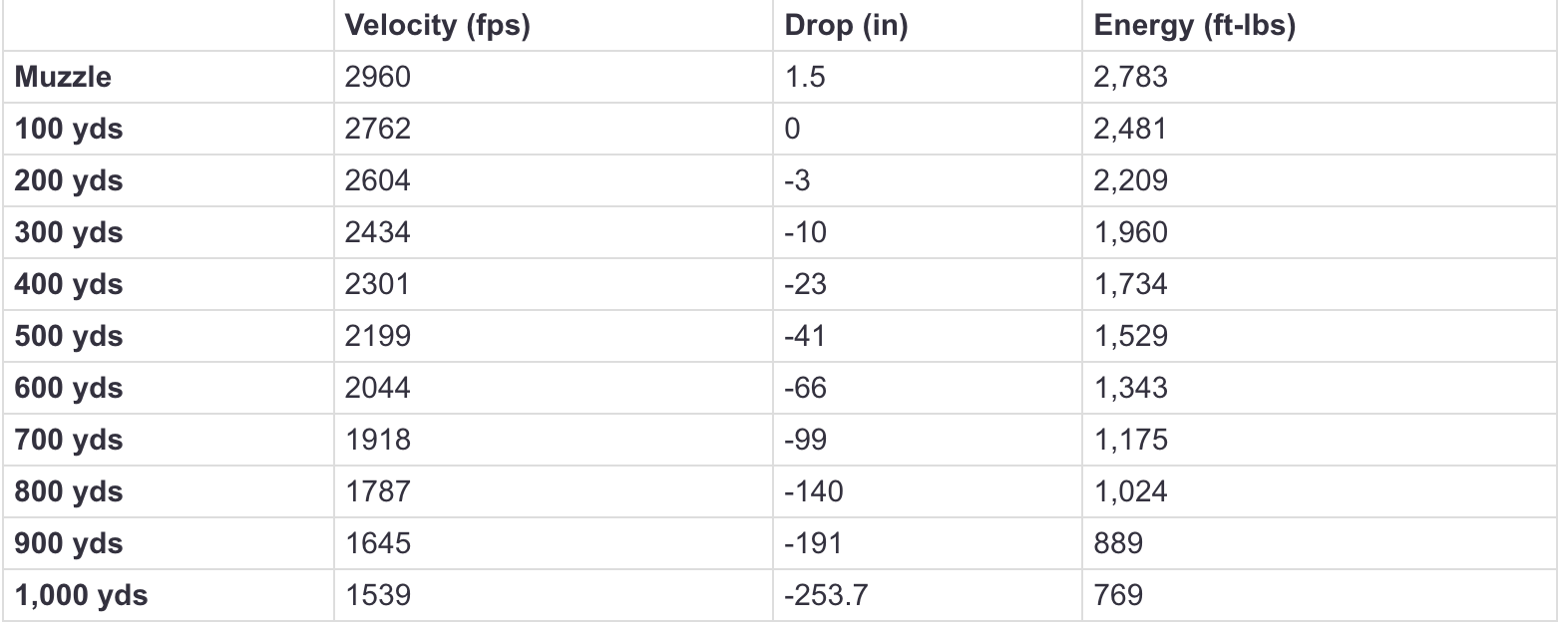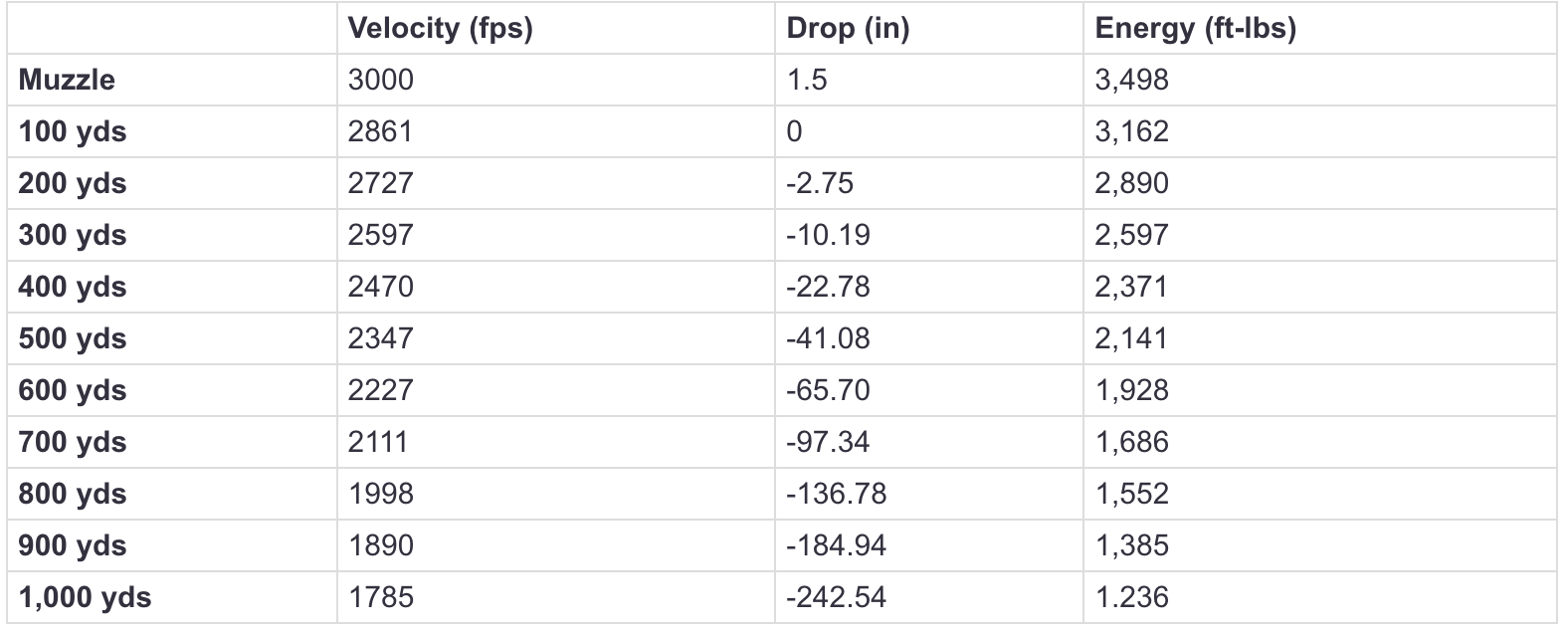6.5 PRC vs. 7 PRC
Posted by Red Hawk Rifles on Mar 10th 2023
6.5mm and 7mm PRC are two of the most interesting new cartridges around and have both generated a lot of hype in the shooting world.
They’re also very similar in a lot of ways. They’re both distantly based on the .375 Ruger, and they both are intended to be long-range cartridges, but obviously in different calibers, and with differing case sizes.
Let’s take a close look at these two exciting new rounds to see if we can decide which one might be a better choice for you and your needs (or at least the best one to add to your arsenal first).
History and Development of 6.5 PRC and 7 PRC Cartridges
In 2018, Hornady released their latest Precision Rifle Cartridge, the 6.5 PRC. It was based on the .300 RCM parent case and necked down to 6.5mm with the goal of creating a round for long-range shooting that would feed and function reliably in a short-action rifle.
Unfortunately, just as production was ramping up, Covid-19 hit and supply chains were interrupted around the globe (you may remember this). Production slowed down and it wasn’t until the tail-end of 2021 that the round really started to take off.
Since then, numerous manufacturers have jumped on board and have started producing 6.5 PRC rifles, which have in turn been showing up in the hands of professional hunters and competition shooters alike.
The 7mm PRC is something of a middle-ground choice between the smaller 6.5 PRC and the larger .300 PRC. The goal was to create a long-range round that could stretch its legs just as far as the 6.5 PRC while taking advantage of the high BC and heavier bullet weight of 7mm projectiles.
It was released late in 2022, so testing is still in the early stages, but overall competition shooters, hunters, and gun industry folks have all been very pleased with what Hornady has given us.
What we ended up with is a round that’s very comparable to the 7mm Rem Mag, but with higher velocities and, at least in theory, better accuracy too. This has made it a great “do-it-all” cartridge for those that want to hunt elk-sized game and shoot targets with the same rifle.
For now, the 7mm PRC is new and proprietary so ammo is a bit scarce, but we expect that to change, especially as more and more rifle builders are looking to this round as a contender for the king of the 7mm cartridges.
Technical Differences Between 6.5 PRC vs 7 PRC
Now let's dive into some numbers. Comparisons are going to be with Hornady’s Precision Hunter ammo, with a 143-grain ELD-X bullet for the 6.5 PRC, and a 175-grain ELD-X bullet for the 7mm PRC. We’ll also look at the magnum version, the .300 PRC just for comparison’s sake, with the same ELDX bullet just in 212gr flavor
These are bullets of a similar ballistic coefficient, and from the same ammo line so we can use them as a fairly “apples to apples” comparison.

What we see here is three fairly similar rounds, with fairly similar velocities. Obviously, the larger projectiles have more energy and greater recoil due to their mass, but otherwise, we’re looking at fairly similar ballistic performance.
What does this translate to in terms of trajectory change and energy at a distance? Let’s take a look at an average of some common 6.5 PRC loads to get an idea of how it performs once it leaves the barrel.
Note: This is a representative average, and different loads will perform differently than the numbers here suggest. We’re just looking at this for comparison’s sake.
6.5mm PRC Ballistics Chart

Now let’s see how the 7mm PRC stacks up. Again, this is a representative sample of the (extremely limited) ammo that’s out there right now. Your particular load may vary; this is just for our comparison.
7mm PRC Ballistics Chart

What we see here are very similar numbers in terms of elevation change and velocity, so similar in fact that we can effectively call them the same in terms of real-world performance once we factor in varying rifles, barrel length, environmental conditions, etc.
Where we see a marked difference between the two is in terms of energy, which comes down to the fact that with the 7mm PRC we have a larger mass moving at roughly the same speed and with a similar ballistic coefficient.
And this is really where the rubber meets the road for these two cartridges. They both have very similar performance when it comes to hitting targets out to 1000 yards. Where they differ significantly is in terminal performance when striking a game animal, and in recoil, you’ll feel at the shoulder.
Use Cases for 6.5 PRC and 7 PRC
Let’s look at some real-world use cases now and see how these two rounds stack up in the field.
Hunting
For hunting, 6.5 PRC is in the sweet spot where it is absolutely perfect for whitetail-sized game. Various North American sheep, antelope, other deer species, and even black bear are all fair game (pun intended) for this cartridge.
Can it punch above its weight class and take elk-sized game and other larger ungulates at closer (sub-400 yard) ranges? Absolutely, with the right controlled-expansion projectile and proper shot placement. Is it ideal for that class of game? Probably not.
Fortunately, 7mm PRC is absolutely perfect for that class of animal and can anchor elk with authority out well beyond what most people consider an ethical range. You can theoretically harvest elk ethically out to 1000 yards with 7mm PRC, not that anyone would recommend that.
7mm PRC is also in that sweet spot where you can take something like a moose or eland with it, at closer ranges.
While you can certainly take something like a brown bear down with it, it’s generally a little on the lighter side for large dangerous game and we’d recommend stepping up to the .300 PRC for that kind of hunting.
Long-Range Target Shooting
For general long-range target shooting, inside of 1000 yards the 6.5 PRC is going to be the winner due to increased barrel life and lower recoil. Yes, the 7mm PRC has slightly higher velocity and less drop, but your wind drift is going to be very similar, and your recoil is going to be much higher.
Also, simple economics means that the 7mm PRC is always going to be the more expensive of the two when comparing similar loads.
Competition
When looking at competition specifically, both of these rounds are excellent, but in general the 7mm PRC is left out a bit because of its generalist nature.
Can you use it? Certainly, but…the 6.5 PRC offers nearly the same performance as a steel or paper target with less recoil, and the .300 PRC offers much better performance with only mildly more recoil.
At the end of the day, we would recommend specializing one way or the other if you have the budget to do so, and either going with the 6.5 PRC or the .300 PRC for competition (especially the latter if you’re reaching beyond 1200yds).
If you’re looking for a rifle that can ring steel and drop mule deer with equal aplomb and don’t want to buy multiple guns, however, 7mm PRC is a great do-it-all option.
Pros and Cons of 6.5 PRC and 7 PRC
Let’s wrap up with some pros and cons to help you decide which one of these great cartridges is the better bang for your buck depending on your specific needs.
6.5mm PRC

7mm PRC

Both the 6.5 PRC and its larger sibling the 7mm PRC have ignited a lot of interest in the firearms world lately, and rightfully so. Both of these rounds represent meaningful improvements in current cartridge development and have us excited for the future of the industry.
If you’re looking for a target cartridge with low-recoil but good long-range performance, 6.5 PRC is a great option. If you need a touch more oomph to bag that trophy elk-sized game animal, then the 7mm PRC is there to offer a significantly bigger round with essentially the same velocity (and a touch more recoil).








